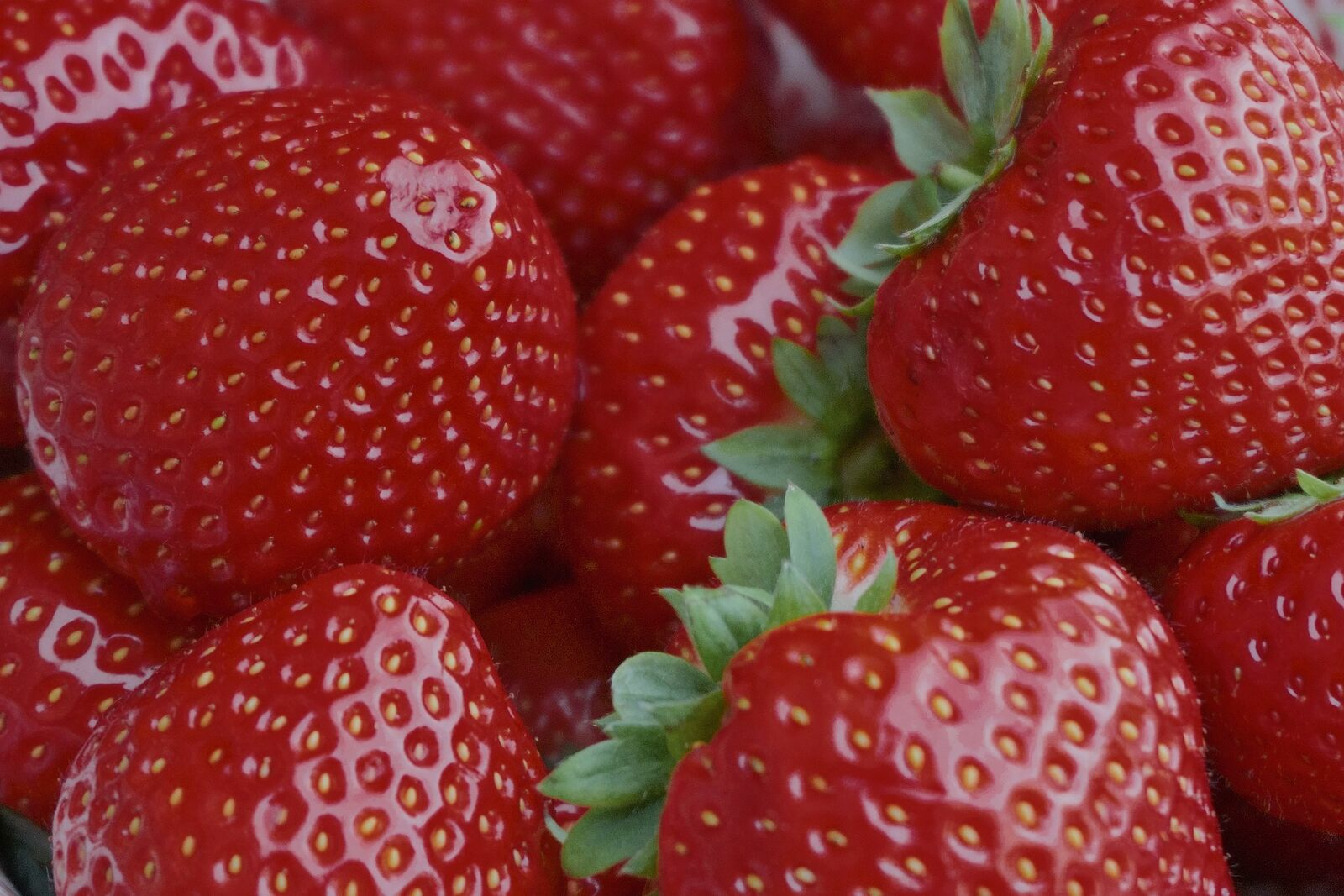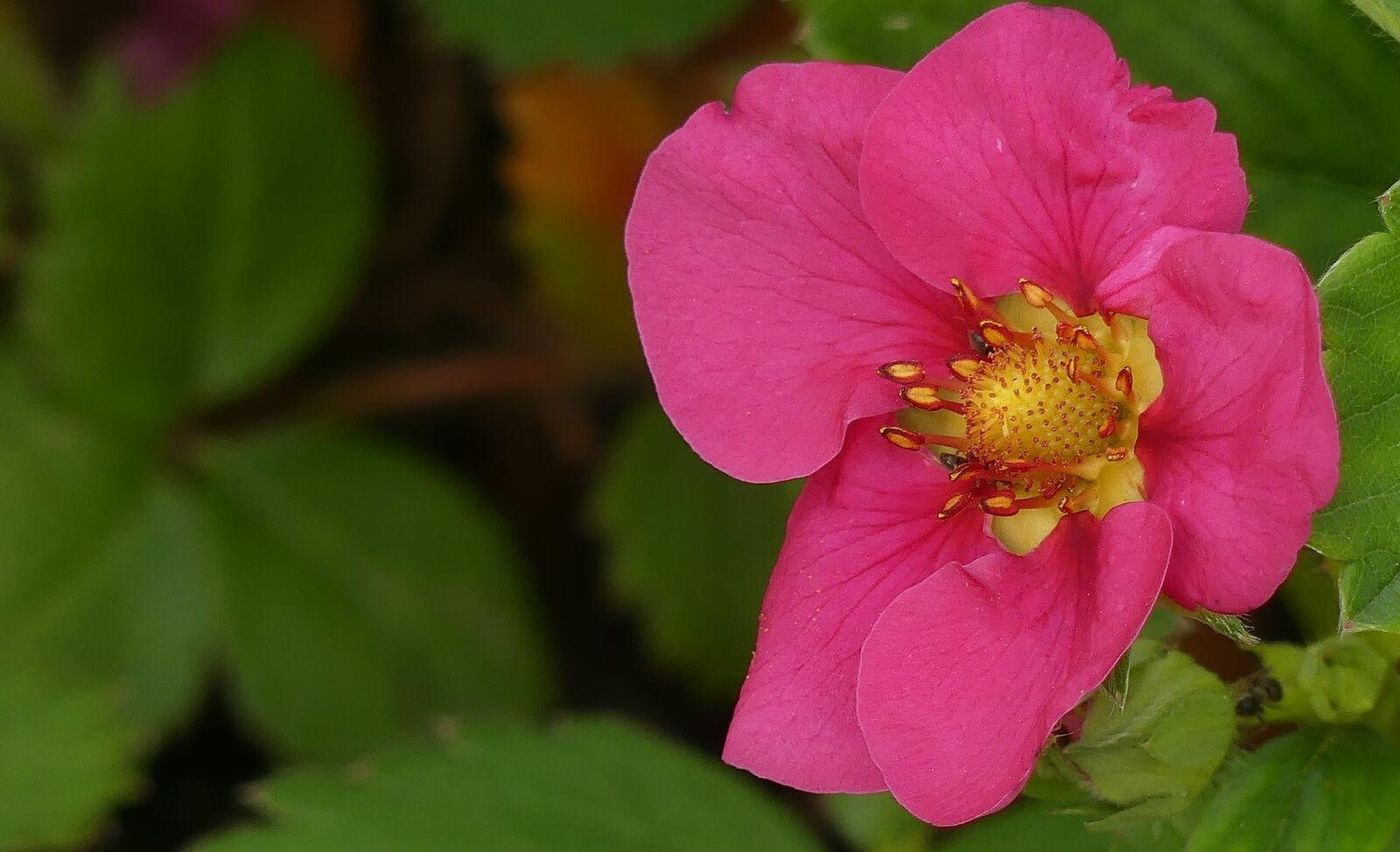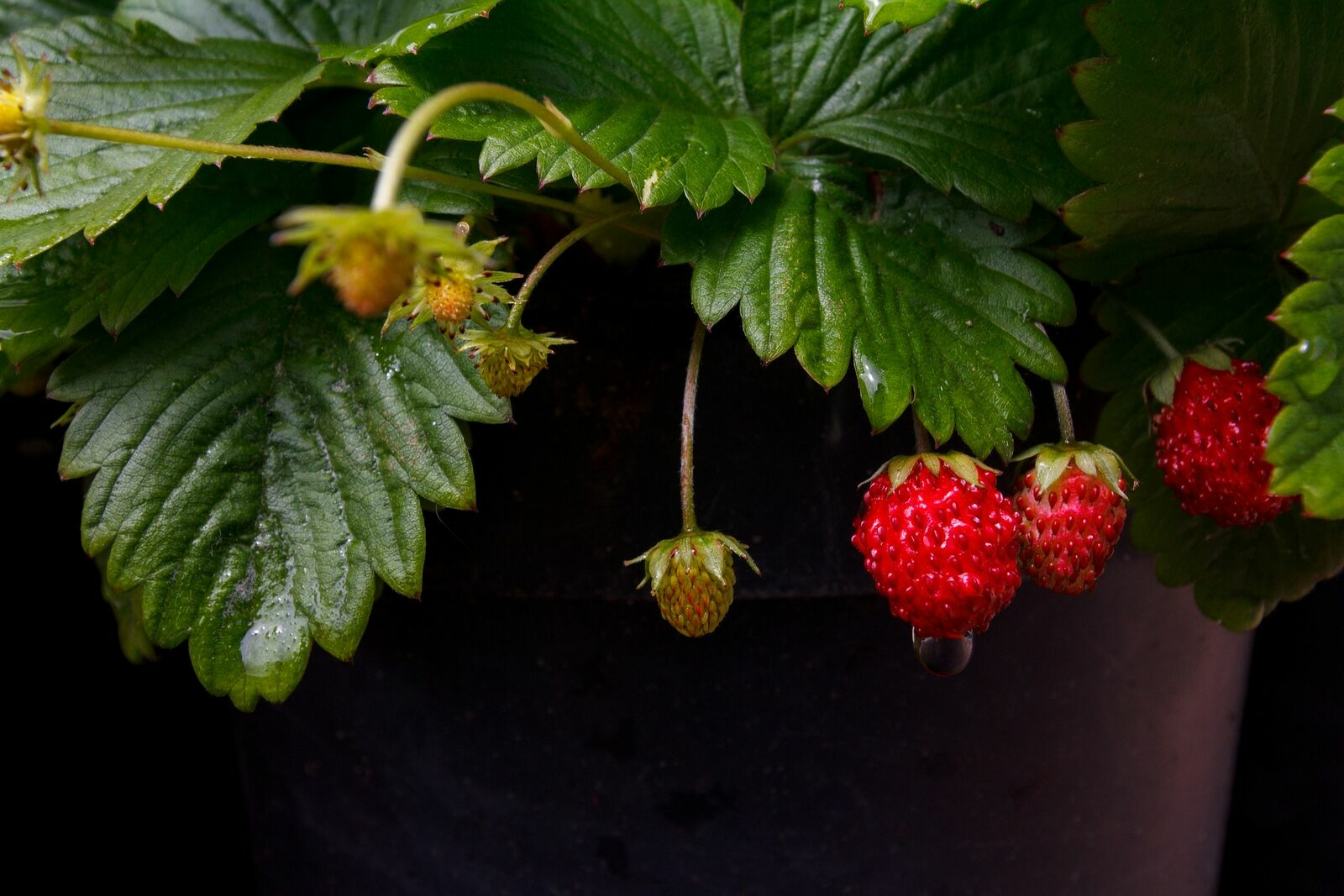Planting strawberries: varieties & species at a glance
How many & which strawberry varieties are there?
It was only with the discovery of America that new species with larger fruits spread to our latitudes. Countless new varieties were created and we now have over 1000 different varieties worldwide. There are variety-specific preferences of the plants for the location and climate, as well as differences in taste, appearance and growth. You can choose between plants with large fruits and those with small fruits. The wild and old varieties, which include wild strawberries, tend to produce small fruits. In contrast, newly bred garden strawberries tend to be large-fruited, as they have been bred for a higher yield. Depending on the variety, these strawberries also prefer either a sunny or semi-shady location. Large-fruited strawberry varieties usually benefit from a sunny location and the fruits gain sweetness and flavor. Small-fruited varieties also like partial shade. You can also choose between ground-covering varieties and varieties that grow hanging or climbing. These varieties are also well suited for space-saving cultivation on the balcony. Another distinguishing feature is the harvest time. There are everbearing and single-bearing varieties. Single-bearing varieties are often divided into early, medium and late varieties, which indicate the time of harvest.
Single-bearing strawberries: Early & late varieties

These varieties only form their flowers and fruits once a year in spring, while the days are still short. Depending on the variety, they can then be harvested from May to June/July. Early varieties: e.g. Christine, Clery, Dahli, Daroyal, Donna, Elvira, Evita, Honeoye, Lambada - Medium varieties: Darselect, Deluxe, Elsanta, Korona, Polka, Renaissance, Senga Sengana, Sonata, Symphony - Late varieties: Alice, Faith, Florence, Mieze Schindler, Malwina, Pandora, Salsa, Snow White, Vicoda
Everbearing strawberries

Multi-bearing varieties, on the other hand, are also able to develop flowers during the warm summer months and under long-day conditions. Their harvest window follows that of the single-bearing strawberry varieties and begins in June/July. After a dormant period in which new flowers are set, they can be harvested again in August/September. List of popular multiple-bearing strawberry varieties: - Amandine - Bravura - Favori - Furore - Hademar - Mara de Bois - Ostara
Old strawberry varieties: a list

You can find out which strawberry varieties are approved via the Federal Plant Variety Office. Here are some varieties that can be found in old literature and have received a variety approval for the preservation of biodiversity. These varieties are rarely found in commercial strawberry cultivation, but can easily be grown in hobby gardens. Numerous varieties are listed here, such as Abricotée, Abel Carrière, Admiral Dundas, Alexander, Alpha, Amateur, Austria, Cassandra, Champion, Comet, Cosmos, German Empress, German Hero, Eleanor, Eliza, Emma, Favorite, Gaillon, Gallande, Hammonia and many more. These varieties originate from a literary source from 1888, Goeschke's Book of Strawberries. Old varieties are varieties that were first classified in the nineteenth century.
Climbing or hanging strawberries for the balcony

There are also climbing strawberry varieties that are well suited for vertical cultivation on the balcony. These varieties are characterized by strong tendrils and runners, but they do not climb on their own. You need to attach the tendrils to a climbing support so that they can grow by climbing. A trellis or climbing spirals are suitable climbing aids. You could also use a rabbit fence or wooden poles. If you don't attach them, these strawberry varieties can also grow hanging. List of climbing strawberries: - Flamenco - Hummi - Kletter Toni - Mountainstar - Super Star - Tarpan - Toscana
Titelbild von Alejandro Piñero Amerio from Pixabay

